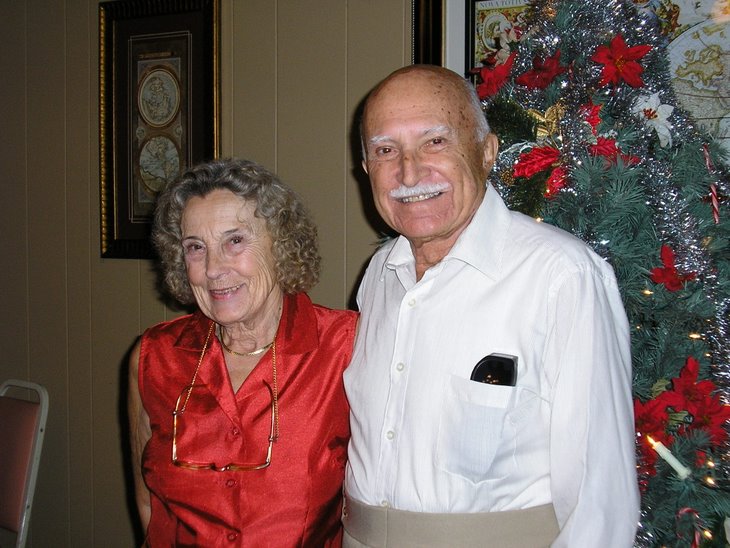If you ever hear your hard drive making unusual noises, like clicking or metallic sounds, it could be that your hard drive is going bad. The next time you restart Windows XP, press the F12 key (repeatedly) to bring up the Windows XP diagnostic screen. One of the options on that screen is to test your hard drive. If your hard drive is failing you're better off catching it early than waiting until it fails completely. If it fails completely, you're going to lose everything, including your Windows installation. So use the Windows XP diagnostic tools to check your hard drive anytime you notice your hard drive making unusual sounds.
Windows lets you control how long you must hold down a key before it repeats, as well as the speed it repeats. To set the sensitivity, open Control Panel and click Keyboard (Win 98/XP Classic view) or in XP Category View click "Printers and Other Hardware" then click "Keyboard". Now click the speed tab and adjust the sliders for Repeat Delay and Repeat Rate and test for your touch. There is a test area right on this screen so you can try different settings. Repeat Delay determines how long you have to hold a key down before it starts repeating. Repeat Rate is how quickly repeated characters appear. There is even a Cursor Blink Rate setting in this window. Click here to view!
Be sure to click Apply when done!
Outlook Express Running A Little Slow? Use These Tips To Speed It Up!
Windows 98/ME/NT/2000/XP - Outlook Express 5 and 6
There are several things you can do to speed up Outlook Express without completely removing everything. First, check your "Sent" folder. By default all email you send is saved in your "Sent" folder. If you send a lot of email or you've never cleared the "Sent" folder, now is a good time to do that. Assuming there's nothing in there that you need to save, you can simply delete the contents of the "Sent" folder. Open your "Sent" folder. Highlight one of the messages and then hit the Ctrl + A keys (to select all messages) then hold down the "Shift" key while depressing the "Delete" key. Holding down the "Shift" key while deleting the messages in the "Sent" folder prevents Outlook Express from moving all the messages you deleted to the "Deleted Items" folder.
If you have a lot of email in your Inbox or other folders you want to save, you can move these to another folder. Create a folder on your Desktop and call it whatever you like - something like "Saved Email". Open your Inbox, select one message and then hit the Ctrl + A keys (to select all messages) and drag the highlighted messages from your Inbox to the folder you just created on your Desktop. Whether you choose "Copy" or "Move" when dragging and dropping the messages into the folder on your Desktop, the messages will still be in your Inbox. After you've verified that all your email is safely stored in the folder on your desktop, select all messages in your Inbox (Highlight one message, hit the Ctrl + A keys) hold down the Shift key and then hit the Delete key.
Now that your Inbox and "Sent" folder are empty, clear your Deleted Items folder (if any messages are in it) by right-clicking on the Deleted Items folder and choosing "Empty Deleted Items Folder". Once your Deleted Items folder is empty, close Outlook Express and reopen it. It should run much faster for you now.
Also, you should set Outlook Express to empty your Deleted Items folder each time you close Outlook Express. To do this - click Tools/Options and click the "Maintenance" tab at the top. Check the box that says "Empty messages from the deleted items folder on exit". Click Apply then OK (of course).

No comments:
Post a Comment